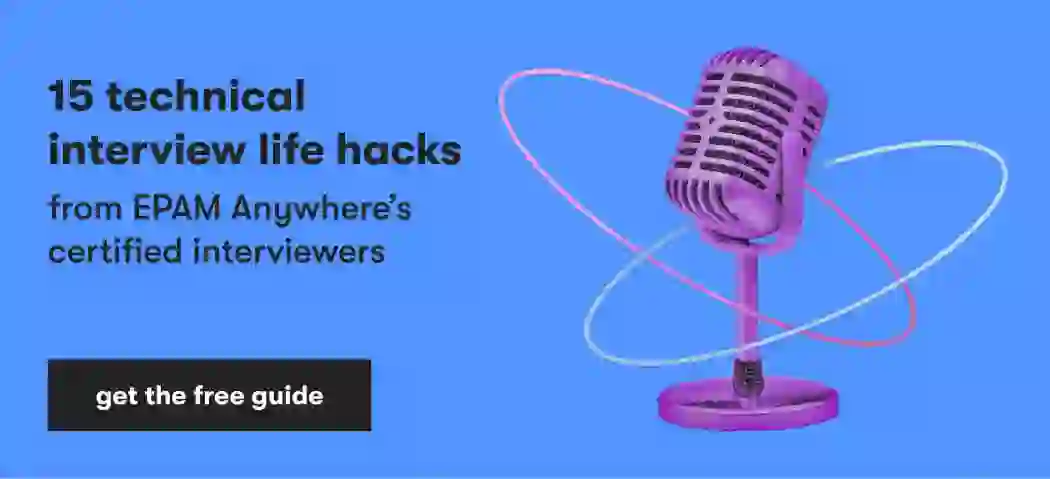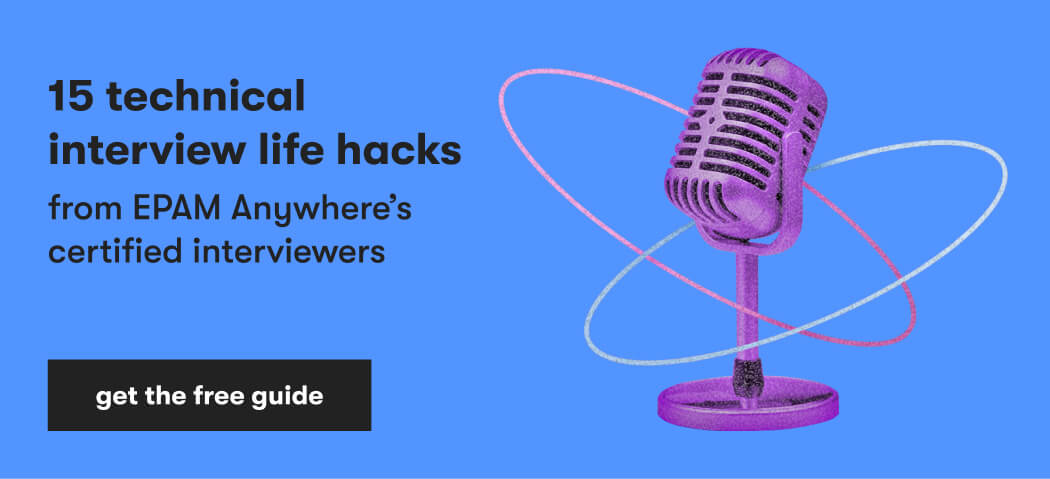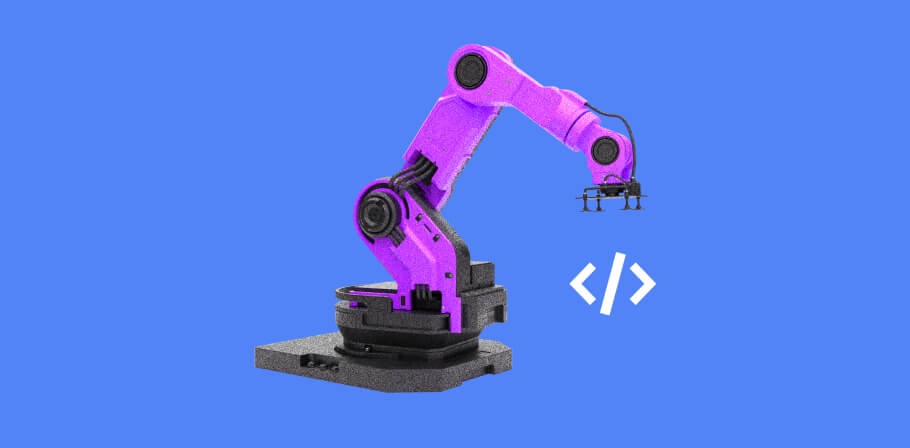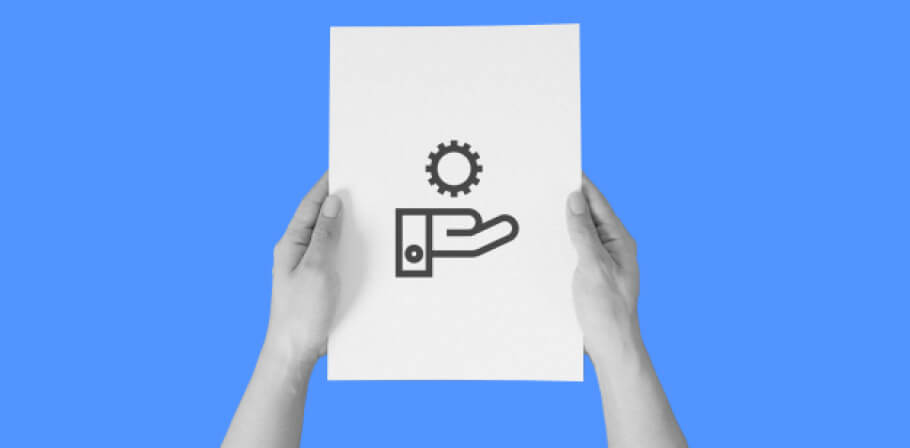Quality assurance (QA) and testing engineers understand the value of evaluation. Luckily, your interview will be no different. When filling positions for remote manual tester jobs, hiring managers want to assess your skills, so they will ask you a series of manual QA interview questions that ensure you are the right fit.
To help you pass the test, we compiled the most common manual testing technical interview questions and answers. Let's walk through the process.
In most cases, the interview will start with several beginner queries. Manual testing basic interview questions are a simple way to open up a discussion about fundamental testing topics before diving into advanced concepts.
Use the following question and answers as an opportunity to showcase your personal approach to manual testing and prove you're truly worthy of a high manual tester salary.
1. In your opinion, when is the best time to start QA activities during the project?
QA should start as early as possible. Not only does this give you time to define specific roles within the testing department, but it can help mitigate any need to redo any incorrect work later in the process.
2. Name the stages of the software testing life cycle
Software testing life cycle (STLC) is a set of verification and validation activities used to methodologically verify a product. The entire life cycle will confirm all planned entry and exit criteria to ensure the quality of any tested software.
There are six stages in a typical software testing life cycle:
- Requirement analysis
- Test planning
- Test case development
- Test environment setup
- Test execution
- Test cycle closure
However, these stages may vary. For example, the ISTQB list includes the following stages:
- Test planning and control
- Analysis and design
- Implementation and execution
- Evaluating exit criteria and reporting
- Test closure activities
It’s important to note that you don’t have to remember all the stages by heart. It’s more valuable when you can explain their key points and the general order to prove your knowledge.
3. What are the most important aspects of a test case description?
A test case outlines the input, action, and expected response for a tested application feature. Consider it a set of instructions or commands describing how you will attempt to validate a particular test activity.
When you write your test case, it is important that you include specific data in the descriptions, such as:
- Test ID
- Unit to test
- Priority
- Prerequisites
- Test steps
- Expected result
- Status
4. What would you include in a defect report?
As a manual tester, you will need to write defect reports so that a project deploys on time and with the appropriate function. Describe to the interviewer the importance of defect reports, and be sure to list commonly used data fields:
- Summary or title
- Priority
- Environment
- Steps to reproduce
- Expected result
- Actual result
5. When would you do regression testing?
Through the testing lifecycle, you might have to change code. Regression testing is the practice of finding any possible issues or functionality problems introduced with each code change. Ideally, you can perform regression testing after any modification to your code branch, as often as possible.
Keep your interview answer focused on manual testing, not automated tests. For example, you could discuss a previous project where you did manual regression testing with JIRA for bug tracking.
6. What is the difference between functional and non-functional testing?
Software development testing is broadly divided into two categories: functional and non-functional testing.
Functional testing checks the quality of an app's behavior, where the software tests in a real environment (e.g., smoke testing, regression testing).
Non-functional testing addresses the readiness of a system for non-functional app performance by testing attributes that don’t relate to functionality, such as usability, reliability, and scalability. For example, it is critical that you test according to user expectations (e.g., load testing, stress testing, and volume testing).
7. What is black box and white box testing?
We can broadly divide tests into two categories: black box and white box. Black box testing is based on functional and business requirements without testers knowing the internal software structure or program source code. White box testing examines the construction of the program, where the testers use their understanding of the source code and access it to develop and execute test cases. This method tests the architecture of the system.
The names are derived from engineering terms and match the function of each test. You can only measure the inputs and outputs of a covered black box, while a white box or transparent shell allows you to look inside and measure the inner workings.
8. What test levels do you know?
Unique tests are categorized into four main groups. Each test level allows for systematic analysis, design, execution, and final release.
In the interview, explain the four common test levels:
- Unit testing checks the application's components.
- Integration testing checks the flow of data between components.
- System testing checks the functional and non-functional performance of the app.
- Acceptance testing checks that the app performs according to client delivery specifications.
9. What test design techniques do you know? (experienced)
Due to the wide range of test conditions, different test designs can increase test coverage and overall execution in specifically matched instances. As an interview question for experienced manual testers, the purpose of such a query is to understand the scope and breadth of your skills in each test design technique. Be sure to include when and why you would choose a specific test design, and give examples from previous projects as laid out in your manual tester resume.
Common test design techniques include:
- Boundary-value analysis (BVA)
- Equivalence class partitioning
- Decision table
- State transition
- Error guessing
- Use case testing
10. Name key test metrics (experienced)
Your goal as a manual tester is to measure output performance values according to client and project expectations. To effectively define pass or fail conditions and establish possible application improvements, test metrics are necessary.
Since manual testing has use cases outside of automated tests, it comes with unique testing metrics that you should outline in detail for the interviewer.
Examples of manual testing metrics include:
- Test coverage
- Test execution rate
- Test status
- Defect metrics
- Test efficiency
11. What HTTP methods do you know? (experienced)
The Hypertext Transfer Protocol (HTTP) exchanges or fetches web resources and data via requests, allowing clients and servers to interact. Specific HTTP methods are used to perform web actions or access information:
- GET
- POST
- PATCH
- PUT
- DELETE
- CONNECT
- HEAD
By making requests via HTTP methods, manual testers can examine the performance of web applications. In the interview, list and discuss common testing scenarios and how you would implement each HTTP method.
12. What tools are available for testing web services? (experienced)
Your goal is to release bug and error-free software. Unfortunately, time, budget, and resource constraints will hamper your ability to achieve full test coverage, especially considering the unique use cases related to manual testing.
To support a web-based project, a series of testing tools are available:
- SOAP UI
- Poster for Firefox
- The Postman
- Rest Assured
- Swagger
As a manual tester interview question for experienced engineers, this is your chance to explain your specialized approach to testing. Use each testing tool to demonstrate how you maintain an efficient yet comprehensive testing plan across the entire timeline of a project.
13. What is the difference between project risk and product risk? (experienced)
Project risk refers to variables that threaten a project's final objective (e.g., organization and political issues). On the other hand, product risk calls into question the quality of the finished product (i.e., the functionality or reliability of the software). As a team lead, you often have to balance both forms of risk. Use this question to showcase your leadership skills, and use examples from previous projects to explain your management skills.
14. List some simple UNIX commands you know (experienced)
Many applications install on UNIX servers, which means testers need to know UNIX basics. You can use UNIX commands to invoke and interact with the UNIX terminal. Showcase your understanding of UNIX by listing and explaining UNIX commands you might use as a manual tester.
Common Unix commands include:
- less: view and open files
- cp, rm: remove or copy single digit files
- chmod: obtain file permissions
- ls: list file contents
15. Is it possible to achieve 100% test coverage? How would you ensure it? (experienced)
This is a common topic covered in senior QA engineer interview questions. The concept of test coverage is contentious amongst software engineers. Some argue it is unnecessary because test coverage does not test quality (why achieve 100% for a worthless test?). Plus, many consider it impossible to achieve complete coverage, as certainty is never guaranteed.
In the interview, discuss how such perspectives impact your testing approach and outline how you would go about achieving as close to 100% as possible (e.g., setting hard limits on budget factors or the number of bugs fixed).
16. What is the most popular way to represent a resource in REST? (experienced)
Resources are the fundamental contents of REST architecture. A server accesses the content while the client modifies the content. But once a resource is identified, it needs representation.
TEXT, JSON, and XML are the most popular formats for understanding resources. Since manual testing often calls a REST resource to validate its response, such an interview question is the perfect time to demonstrate your skills with REST functional testing.
17. How do you manage scope change requests during the planned sprint? (experienced)
Changes made to an iteration during a Scrum sprint induce plenty of confusion among Scrum teams. Some believe that any change should be regarded as an entirely new sprint, while others consider changes that drive end value for the customer a worthwhile inclusion.
Ideally, a balance is struck, but there is no correct answer. The interviewer asks such an open-ended question to determine which testing values you uphold. Compare the pros and cons of both sides.
18. How do you do test estimations? (experienced)
Test estimations are critical for keeping project delivery on time and on budget. Different test estimation techniques give different results (function point, three point, etc). The type of test estimations you devise will depend on variables such as team skill, application complexity, and available resources.
How you estimate productivity and effort will show the interviewer your skills and competence as a leader, so be ready to defend your preferred test estimation technique.
How to get manual tester interview questions right: final tips
By the end of the interview, you will have covered most of the fundamental testing concepts. And if you came prepared, you will have given an accurate explanation of your skills and abilities as a manual tester.
Still, manual testing requires a lot of “outside the box” thinking. The purpose of each question is not to recite the same old answers, but to showcase your approach to testing development. When you can deliberate on the concepts of software testing, then the interviewer can best assess your fit within the company structure.
Make sure you practice and prepare according to the specific testing requirements listed in the job description, and be ready to discuss your personal approach to manual testing.
Want to take your manual tester career further? Explore our open jobs at EPAM Anywhere and apply.

As Chief Editor, Darya works with our top technical and career experts at EPAM Anywhere to share their insights with our global audience. With 12+ years in digital communications, she’s happy to help job seekers make the best of remote work opportunities and build a fulfilling career in tech.
As Chief Editor, Darya works with our top technical and career experts at EPAM Anywhere to share their insights with our global audience. With 12+ years in digital communications, she’s happy to help job seekers make the best of remote work opportunities and build a fulfilling career in tech.
Explore our Editorial Policy to learn more about our standards for content creation.
read more



























